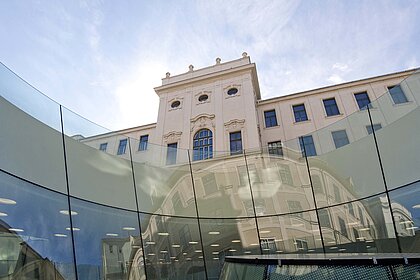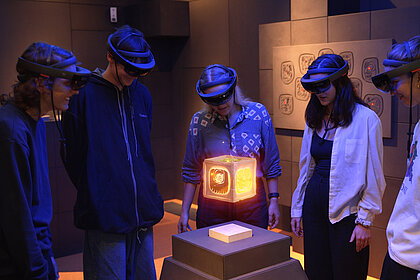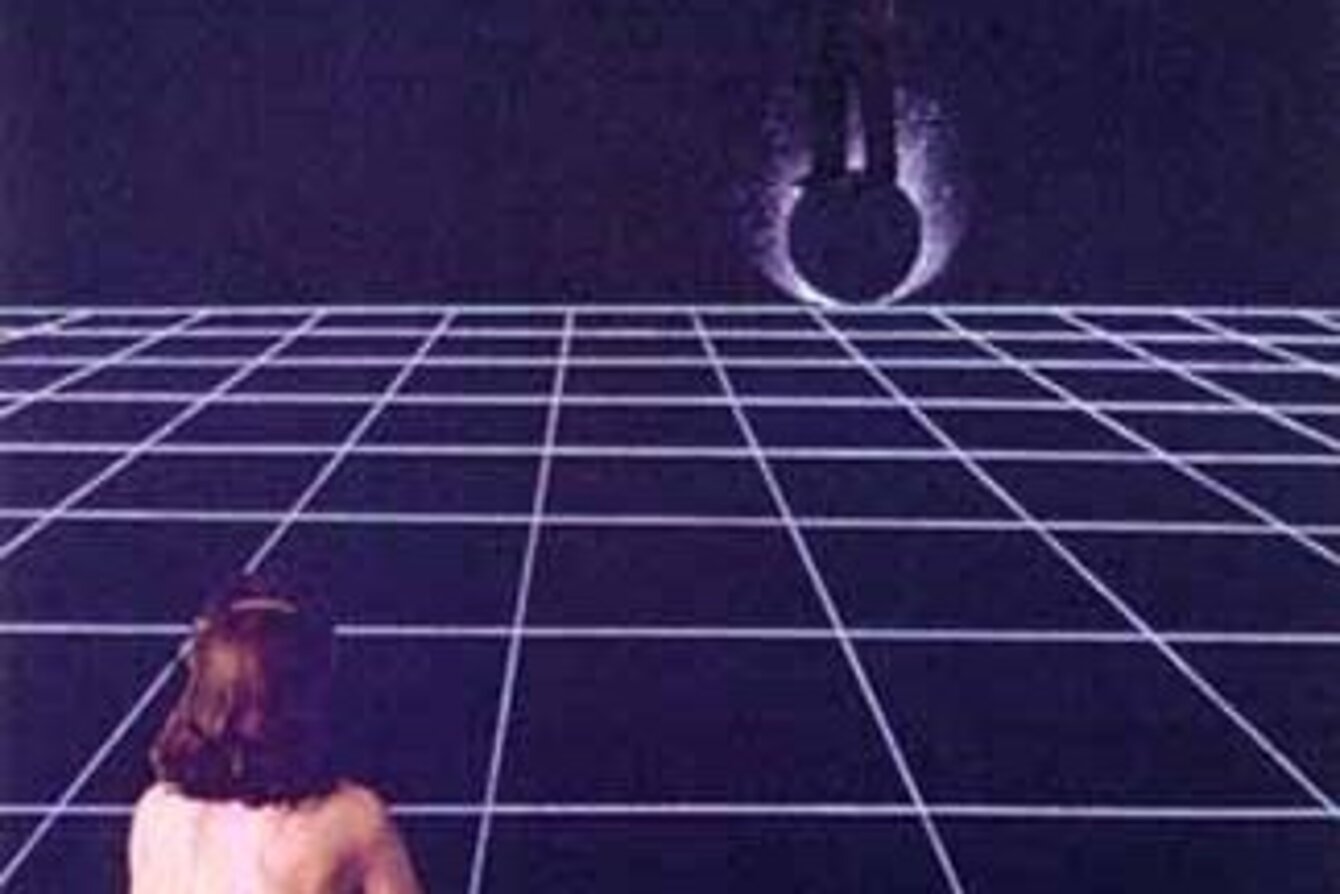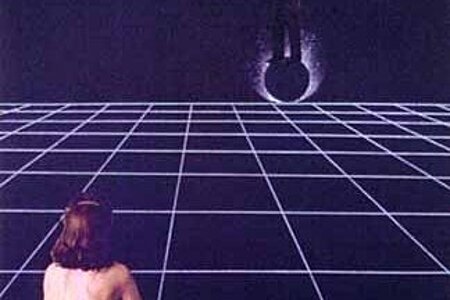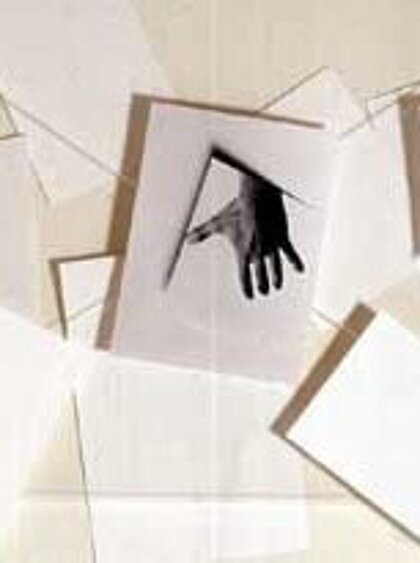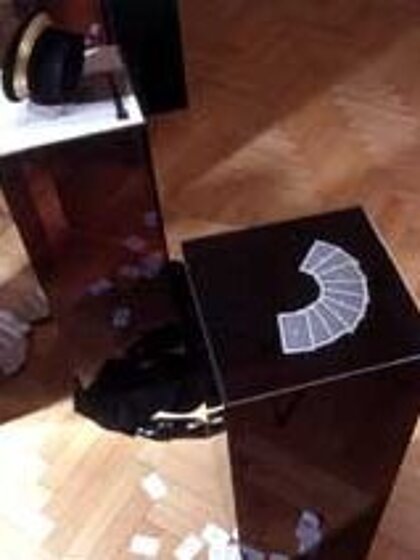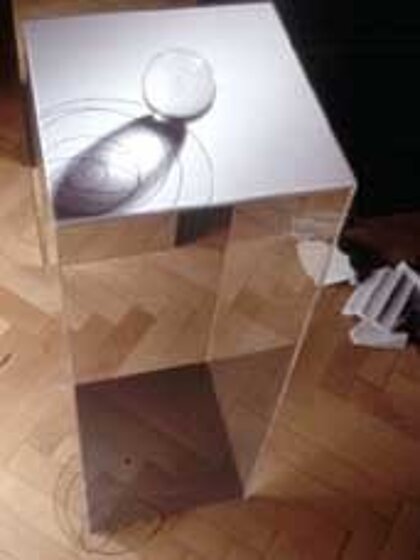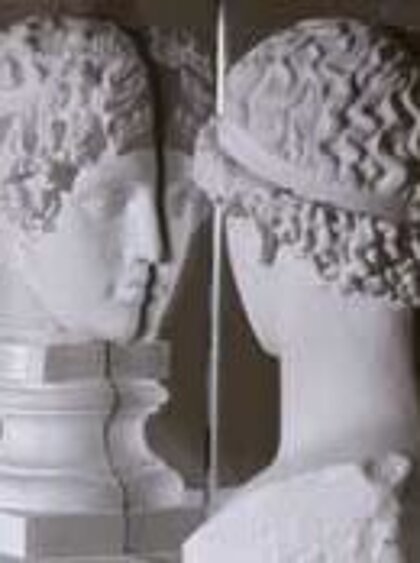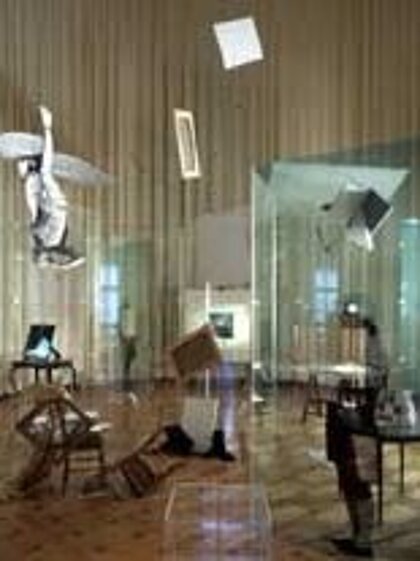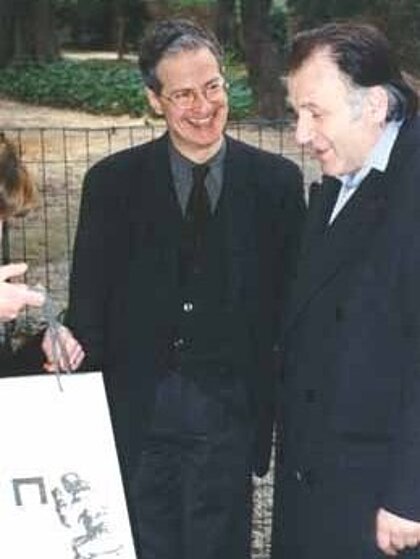Generally Giulio Paolini is assigned to one of the most influential and successful European artists' movements after 1945, the Arte Povera, because he was one those six artists (among P. Pascali, J. Kounellis, A Boetti, L. Fabro, E. Prini) who were presented in an exhibition of that title by Germano Celant for the first time. The book for this exhibition tries to convey a more differentiated and precise picture of Paolini as an artist beyond the art-historical bracket. It also tries to show the central issues of Paolini's multi-media and more-dimensional aesthetics, after 35 years of development, through a selection of significant works of the artist and essays of well-known authors.
The problem areas, opened up by Paolini, include, since 1960, the climbing out of the picture, the dialectics of the gaze, the position of the observer, and art as a language game. Paolini goes beyond the problems of form and shape. The mental and visual mechanisms, the cultural and historic codes, which condition form and shape, are his themes. Paolini has made the secluded visible in the net of visual codes. He has deconstructed the history and the culture of the visual codes. Creating visibility is his program. He is not so much interested in the poor materials, but in the conceptual dematerialization.
He has cartographized the complex area of picture, gaze, observer, and space anew. Thereby Paolini has turned the experience of perceiving art into art itself. The seeing of pictures and the experience of an exhibition are exhibited themselves. The artist becomes the observer who conveys his impressions as an observer to the observer.
Consequently, repetition and recurrence are not only moments of the history of art in Paolini's works, but also work immanent strategies, inner references and loops of the visual apparatus, the event of seeing. Up to now, such a decoding of aesthetic acts belongs to the central corpus of the European conceptual art.
Paolini is an exhibition artist ("Ausstellungskünstler", O. Bätschmann), that new type of artist, who turns the mechanisms of an exhibition themselves (e.g. their visual codes) into the theme of an exhibition. For this exhibition Paolini developed an exhibition concept which is neither retrospective nor anthology, but an exhibiting, respectively, visualizing of his central artistic codeficates. Thus, this exhibition and the book show a Paolini of virulent uniqueness and presence. Peter Weibel
About the Exhibition Project (from a text of Paolini)
In the course of time the idea for this exhibition has been withdrawing itself more and more, instead of extending and, subsequently, adopting various new developments. It has kept reducing and concentrating itself and has left the natural growth of a chronological and linear succession to draw the attention to a center, an expanding point.
As a result, the exhibition is substantially divided in two complementary areas, a central one which will remain the same at all the venues, where the exhibition will take place - the 'place' of the work, where each work can exchange itself with the others to cause the forming of a composed nucleus1: a labyrinthine and central - on a very great scale - place, without which the lateral or radial 'space' would not have any entitlement to arrange itself in the surroundings.
This second area which will be different at all exhibition sites consists of one or more newer or unpublished works, exactly those, which, today, I would show in a personal exhibition.
Since some time I have kept repeating this obdurately: the place of a representation is the space which one needs for its proclamation.
1) In the central area, the works are in close contact to each other, back to back, arranged in a half shadow: a special gedget causes a spotlight to switch on, which illuminates the different parts of the whole one after the other in chronological order.
Additionally, an electronic flashgun lights up the whole scene with a blinding flash in regular intervals, which are much too intensive and too short to make an extensive and complete contemplation possible.
Biography
born in Genova in 1940, lives in Torino
Until 1960 trained as a set-designer and graphic designer, then preoccupation with art and collages in order to analyze artistic means as well as to examine linguistic systems. The first documented work, Geometric Design, stems from 1960. Since 1965 Paolini has picked art and the history of art and their possibilities of conveying message as a central theme.
In 1964 his first individual exhibition took place in the Galleria La Salita in Rome, since then he has been represented in numerous individual and group exhibitions in Italy and other countries. In 1967 he was a participant of the first exhibition of Arte Povera in the Galleria Bertesca in Genova and he took part, inter alia, in several Documenta-exhibitions in Kassel as well as in the Biennale di Venezia in 1970 and 1997.
Paolini is concentrated on the phenomenon of seeing, touching themes such as space, time, perspective or the cultural conditioning of author and observer. In 1970 he started to study photography. Since 1972 he has been creating groups of works, titled Idem, which refer to each other. In the course of the seventies he looked into the classical-mythological symbolism through photography and classical sculptures in plaster, as they question the meaning of art, originality and reproduction.
Since the beginning of the eighties his conceptual installments have become more bodily and multi-layered by weaving in architectonic elements, artificial sources of light and video. His philosophical and critical essays, which have been published in diverse magazines since 1975, also appeared as independent publications, e.g. Idem (1975) with an introduction by Italo Calvino, Contemplator Enim, L'arte e lo spazio (1983) and Lezioni di pittura. In 1996 he published La verità (Einaudi).
Selected Bibliography:
G. Celant, Giulio Paolini, Sonnabend Press, New York 1972.
G. Paolini, Idem, Einaudi, Torino 1975.
Exhibit.Cat. G. Paolini: lo studio / il museo / il luogo / la visione, Staatsgalerie, Stuttgart 1986.
F. Poli, Giulio Paolini, Torino/Lindau 1990.
M. Disch, Giulio Paolini. La voce del pittore: scritti e interviste 1965-1995, Lugano 1995.
G. Paolini, La verità (in quattro righe e novantacinque voci), Einaudi, Torino 1996.
An exhibition-catalogue will be published, ed. by Christa Steinle and Peter Weibel, with essays by Chiara Bertola, Germano Celant, Maddalena Disch, Daniela Lancioni, Giulio Paolini and Peter Weibel (Cantz Verlag, 256 pages, c. 250 illustrations)








